Are these statements about wiring and insulation true?
First one I heard is fiberglass and rockwool insulation can sand away the wire jacket over the years from small vibrations in the house and eventually expose the wires
second thing I heard is covering your wires with insulation will cause them to overheat and start a fire. When people spray foam houses aren’t all the wires completely covered in insulation?
GBA Detail Library
A collection of one thousand construction details organized by climate and house part
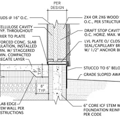
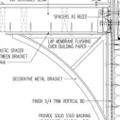

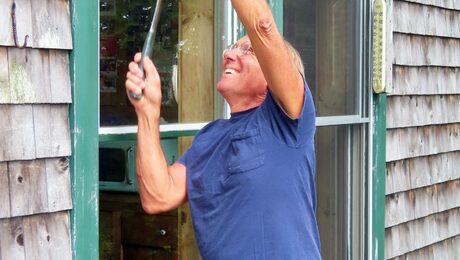



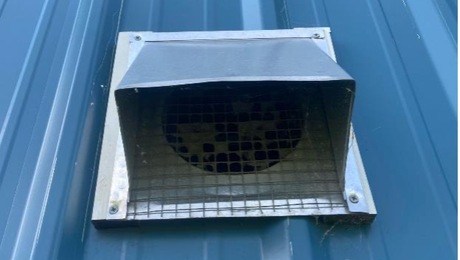
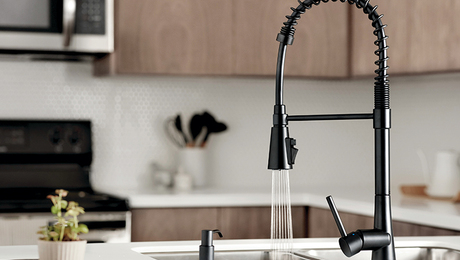
Replies
derekr,
Both are false.
Wires in insulated walls or ceilings show no signs of wear when exposed decades later.
The electrical code anticipates wires will be run though insulation and has rules in place (like not bundling too many) to avoid overheating.
If you follow the code, and the way millions of other houses have been built, these aren't issues.
The second one may come from the idea that knob and tube should not be insulated against. How true that is I don't know, but certainly it has more grains of truth than with modern wiring that is designed to be used in insulated walls.
Insulating cavities with knob and tube works fine until the insulation gets damp, then you get arcing and fires.
I have heard stories that claim the heat from spray foam curing can melt the PVC sheathing on Romex, but I don't know how true they are. It's not something I have ever seen be an issue in the field.
I would think it would melt the foam first.
A quick online search makes it appear that spray polyurethane foam can withstand around 200-300°F before melting, while Romex PVC sheathing melts at around 185-200°F.
Wow, that first claim is one of the more out there things I've ever heard in building... that is wild. I would challenge anyone to take a handful of fiberglass and see how long it takes you to rub off a Romex jacket + wire insulation. (short version: I would not worry about this!)
"second thing I heard is covering your wires with insulation will cause them to overheat and start a fire."
That likely comes from misinformation on Knob & Tube (K&T) wiring, from people who don't understand the situation. If the fuse sizes match the wire sizes, K&T is less likely to overheat than equivalent modern wire.
See https://www.nachi.org/knob-and-tube.htm
And attached, for how it's handled in my area.
The issue with insulation is NOT heat, it's preventing future attic workers from electrocuting themselves because they don't know what's hidden down there.
Be very careful "doing your own research". Expertise still has a place in our world.
Old question, but it is worth being clear. Knob & tube wiring was designed to be strung in open air (from the knobs) and insulated with ceramic wherever it is in contact with combustibles (through tubes). Not only does the rubber-based insulation have a finite lifespan, which it has passed, but it needs to be able to dissipate heat into that airspace. Covering K & T wiring with insulation prevents that, and is a fire risk, because the insulation cannot be counted on to keep the wire cool enough to prevent combustion--especially when people over-fuse their system, but sometimes without doing so. The NACHI article says as much about the fire risk, but not in the first paragraph.
Where or when a knob & tube system cannot be replaced, one can either move back all the insulation around it by 3-4", or de-rate the system using 7-10 amp fuses so the wires never carry enough current to overheat.
Oftentimes the lighting circuits are the last to be replaced, because of the work required to rewire the switches and fixtures, compared to adding updated plugs. Making sure every fixture is using a CFL or LED bulb can often bring down the load on a K & T lighting circuit to a few hundred watts, which is far less likely to overheat the system.
If there is only the opportunity to remove K &T from an attic, but not the walls, a code provision allows those wires to be brought into a proper junction box and joined with modern wire, but only with specific requirements, basically with minimal (<2') lengths protected with loom going through in insulated space. The wires in the interior walls are still functional in the free air space, and wherever they emerge, they are tied into a modern system with a breaker sized for the smallest wire gauge used. GFI-plugs can be used to permit 3-prong plugs to be used in ungrounded outlets, otherwise, one needs to limit K & T powered plugs to 2-prong outlets.
More often than not, the dangerous elements are where changes have been made to the original system. Surrounding wires with insulation is one change, but improper connections into otherwise whole systems are frequently the source of "problems" which sometimes include structure fires.
A useful way to think about it is that even an "antique" system can safely deliver power within the bounds of its design. Altering those design parameters starts to remove the safety factors included in the original design; the overtaxed system will probably continue to function, but the risk of something going wrong has increased significantly.